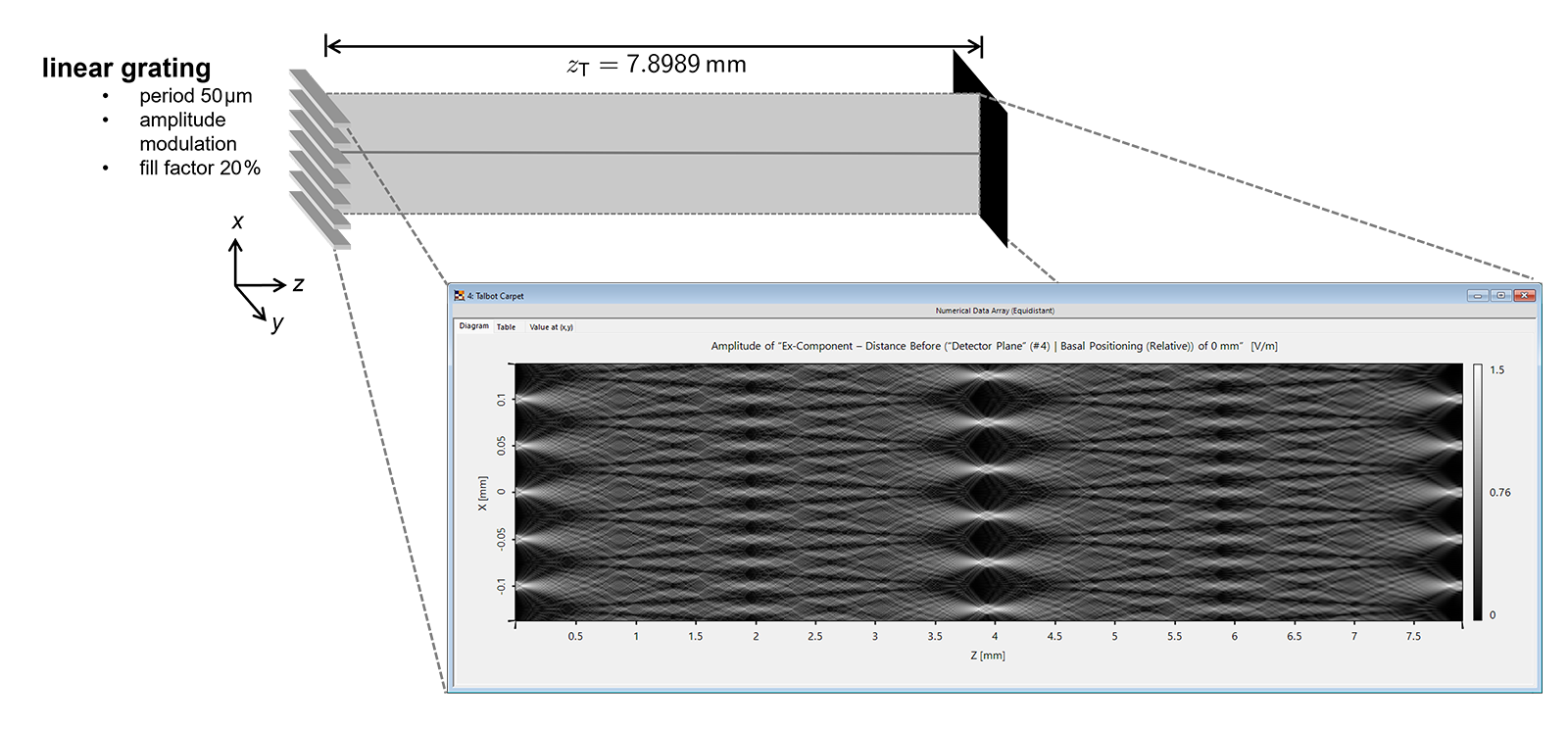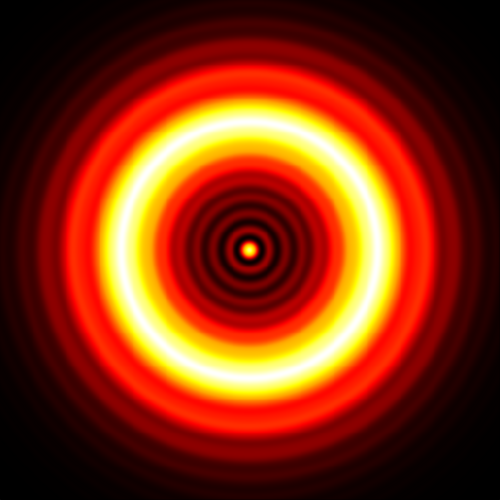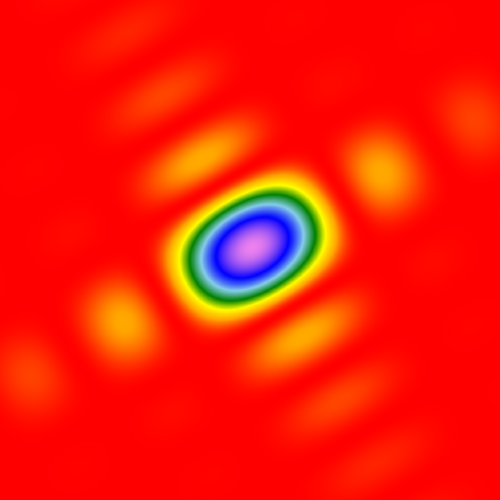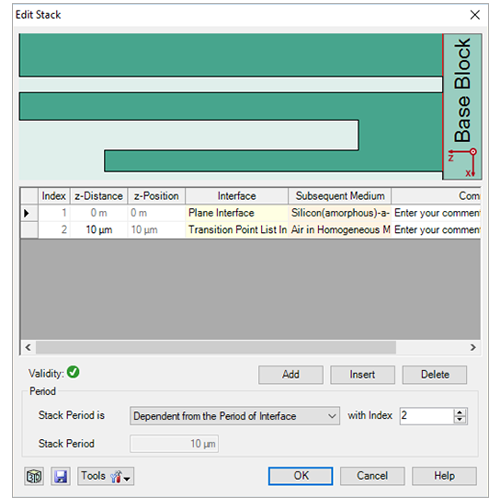Modeling of the Talbot Effect
Abstract
The Talbot effect is a well-known near-field diffraction effect. When a periodic structure (e.g. a grating) is illuminated by collimated light, at certain regular intervals behind the grating it is possible to observe its reconstructed image. The specific distance that separates these planes is called the Talbot distance, after Henry Fox Talbot, who first observed this effect in 1836. In this example we demonstrate the modeling of the Talbot effect (also recreating the Talbot carpet) with the fast physical optics software VirtualLab Fusion.
VirtualLab Fusion Configuration
-
 VirtualLab Fusion
VirtualLab Fusion






